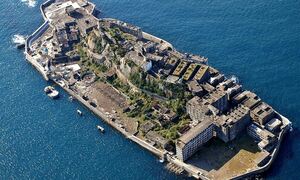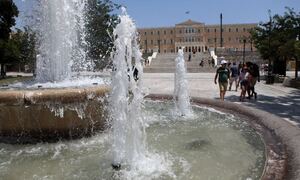Lost sanctuary of Artemis Amarysia discovered after century-long search

Archaeologists have found the Sanctuary of Artemis Amarysia, a major site of worship described in ancient texts that had remained stubbornly elusive, after a search lasting more than a century, the Greek culture ministry announced.
The existence of the Sanctuary or 'Artemision' had been well documented but efforts to locate it had failed until the Swiss School of Archaeology in Greece uncovered its remains in an excavation near the modern village of Amarynthos in Evia. Archaeologists were finally able to confirm that the Amarynthos remains were those of the Artemision through evidence uncovered in the summer of 2017.
Artemis Amarysia was worshipped as the main divinity of the Eretrian state, as indicated by inscriptions and coins. Evidence suggested that it should be located near Amarynthos, some 10km east of Eretria, while the Swiss school also enlisted geophysical surveys and test trenches, together with the XIth Greek Ephorate of Evia, in order to discover the sanctuary.
Evidence uncovered in 2017 that confirms the sanctuary's location include a series of buildings dating from the 6th to 2nd centuries BC, an underground fountain built from scavenged and re-used architectural elements, as well as inscriptions bearing the name 'Artemis' and referring to dedications to Artemis, Apollo and their mother Leto.
Work on the site had begun in 2007, led by Karl Reber and the head of the Evia Antiquities Ephorate Amalia Karapaschalidou, with promising results. While its existence was known from references made by the ancient geographer Strabo, these very texts had stymied earlier attempts to find the sanctuary since they misreported the distance between the sanctuary and the city of Eretria, which was not seven stadia (1.5 km) as Strabo claimed but closer to 60 stadia (11 km).













